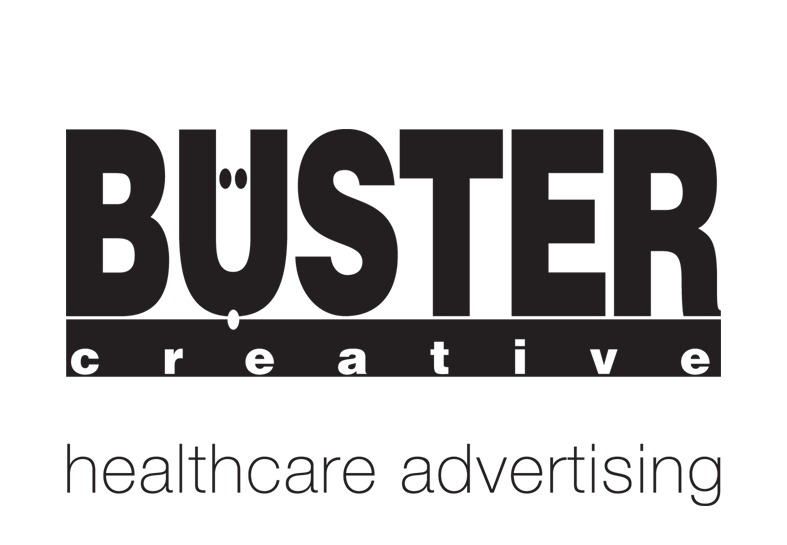How to effectively communicate with healthcare professionals
HealthLink Dimensions recently published an article which explains how pharmaceutical companies, insurance payers and medical device manufacturers can effectively communicate with healthcare professionals.
Effective communication hinges on the ability to connect in the most convenient and efficient ways. Communication is significant in helping establish a dialogue with medical professionals. Communicating with physicians requires flexibility and adaptability to effectively meet expectations and preferences. The healthcare industry is quickly evolving; therefore the means of communication are continually changing.
Demographics and employment shifts within the medical field are also influencing the ways medical professionals want to communicate. The employment market for PAs, physician assistant, is expected to grow 38 percent between 2012 and 2022, according to the Bureau of Labor Statistics. Since PAs have the ability to examine, diagnose and treat patients, they are another voice that pharmaceutical and medical device companies must take into account when developing marketing plans.
Physicians are also working longer hours than in the past; therefore, physicians have less time to engage industry representatives. Many physicians want access to information on-demand and on a consistent basis. Direct marketing strategies remain the most effective and sought-after ways to communicate with physicians.
Within the article is a survey on healthcare providers’ communication behaviors. Sixty-seven percent of the respondents favor email for industry news, product updates and announcements, along with research and educational opportunities. The second most preferred channel is a face-to-face visit from a company representative. Also, eight out of ten respondents said they prefer to receive continuing medical program information from companies in the pharmaceutical and medical device manufacturing industries. Continuing medical program information is a great way for marketers to align themselves with valuable information and to establish authority. In another study, 57 percent of physicians responded that they value patient education materials. The materials provide physicians with a resource they can use to talk to patients about their options. The data points highlight a significant opportunity for marketers, and those in related industries because there is a demonstrated need among medical professionals to continue providing insights into products and services, especially as they benefit the patient population.

New communication trends are also appearing, such as social media. A growing number of physicians are engaging in social media; nearly 36 percent indicated they use social networks to communicate with other physicians and healthcare professionals. Only 13 percent of physicians or nurse practitioners reference the AMA’s website for online information.

In large part, physicians and nurse practitioners want to be able to access communication and marketing materials on-demand, whether it is through email or paper-based educational materials. Pharmaceutical companies, insurance payers and medical manufacturers need to keep up with shifting communication trends.
As marketing and communication channels are changing, marketers can and should take advantage of creating brand awareness and also forge relationships with healthcare providers.
To read the full publication, click link below:
Breaking through the noise


